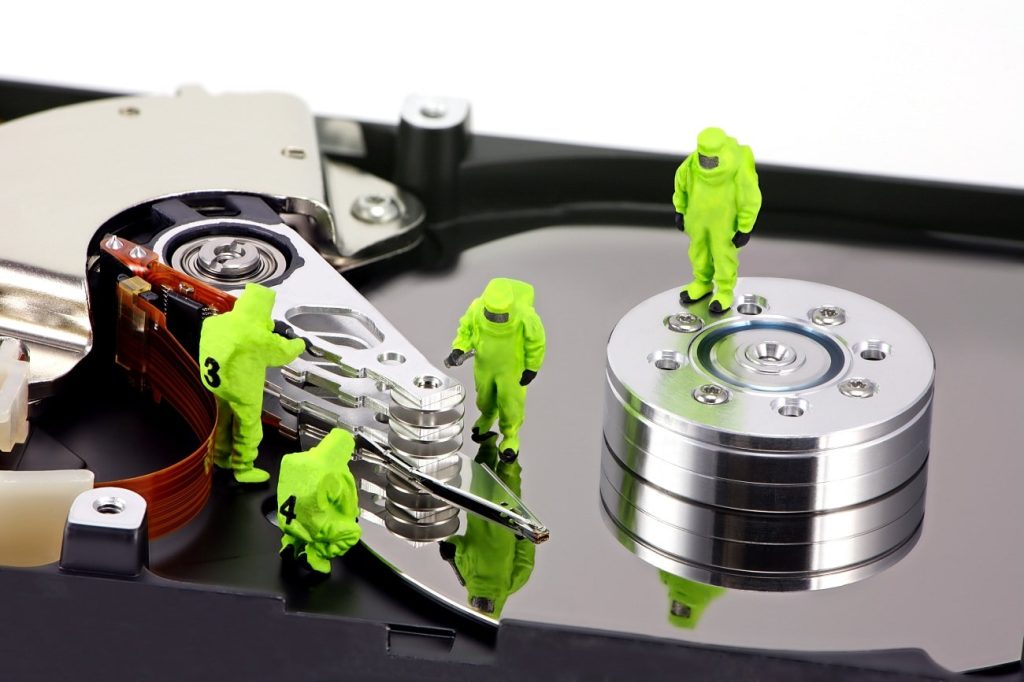External USB drives are getting bigger, faster and more affordable every day. They are therefore almost ideal for use as a Data Recovery mass storage device for music, videos, photos or as backup storage for files and systems.
While USB drives are generally very reliable for storing files, they pose particular risks compared to internal drives and non-removable media. The Data Recovery most obvious risks are physical risks, such as a disc being dropped, mishandled, or exposed to harsh environments for an extended period of time.
Logical errors caused by improper removal of a computer or sudden power failure are also a common risk for removable hard drives and flash drives. All major operating systems include an “eject” command, which prepares your drive to be physically removed from the computer or device.

This ensures that no write operation is in progress when the disk is removed. If a disk is grossly disconnected while the Wikipedia operating system is accessing it, the disk’s file system may be damaged, rendering the disk (and the files on it) inaccessible.
When trying to mount the disk, the computer will not be able to recognize the file system or may consider it as unallocated space (and therefore ask to format the disk). The screenshot below shows a damaged disk in Windows Disk Management.



